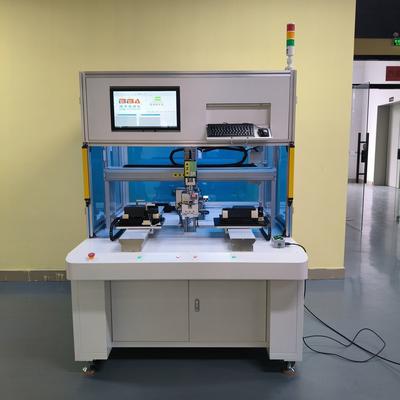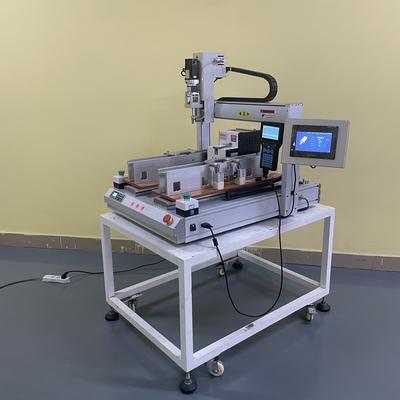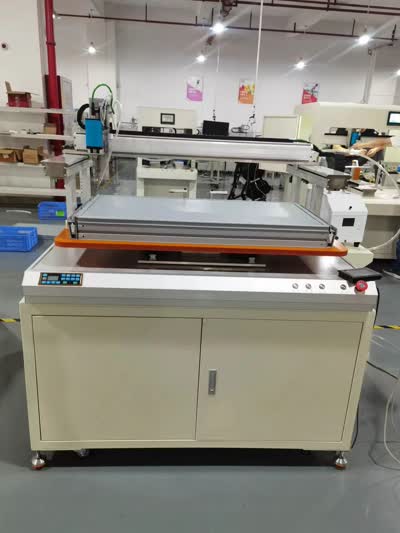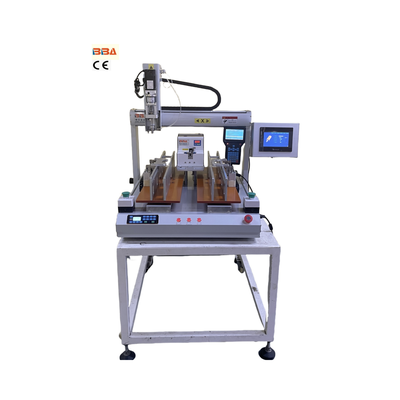Understanding Torque Settings in Industrial Automation | Applications & Best Practices

| Product Name | Applicable industries |
| Desktop Screwdriver Robot | Industrial Control Panel Assembly |
In the realm of industrial automation, torque settings play a critical role in ensuring precision, safety, and efficiency across various applications. Understanding torque and its correct application is essential for optimizing performance and extending the lifespan of automated machinery. This article explores the fundamentals of torque, its settings, and practical applications in industrial automation systems.
What is Torque?
Torque refers to the rotational force applied to an object, such as a bolt or motor shaft. It is a vector quantity measured in Newton-meters (Nm) or pound-feet (lb-ft), depending on the unit system used. In industrial automation, torque is a key parameter in applications like assembly lines, robotic arms, conveyor systems, and motor-driven equipment.
Importance of Correct Torque Settings
Applying the correct torque ensures mechanical reliability and prevents issues such as under-tightening or over-tightening. Under-tightening may lead to loose components, causing vibrations or even equipment failure. Conversely, over-tightening can damage threaded fasteners, strip threads, or deform components. Proper torque settings are vital for:
- Maintaining structural integrity
- Ensuring consistent performance
- Minimizing wear and tear
- Reducing downtime due to repairs
Common Industrial Applications
Torque control is employed in numerous industrial automation scenarios:
- Assembly Automation: Robots and torque-controlled tools ensure screws and bolts are fastened to exact specifications.
- Motor Control: Precision torque settings in motors and actuators enhance efficiency and reduce energy consumption.
- Conveyor Systems: Proper torque adjustment prevents belt slippage and ensures smooth material handling.
- Packaging Machinery: Torque-sensitive applications like capping and sealing require consistent force for product integrity.
Measuring and Adjusting Torque
Torque can be measured using torque wrenches, sensors, or integrated motor feedback systems. In automated environments, torque sensors and programmable logic controllers (PLCs) often regulate torque dynamically based on real-time requirements. Calibration is crucial to maintaining accuracy, and periodic checks ensure compliance with industry standards.
Conclusion
Understanding torque settings and their applications is paramount in industrial automation. Proper torque management enhances operational efficiency, reduces maintenance costs, and improves product quality. By leveraging advanced torque control technologies, manufacturers can achieve greater precision and reliability in their automation processes.


